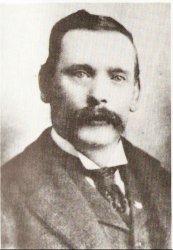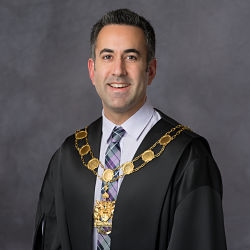

Kelowna was incorporated into a city in May 1905. The new city had a population of 600. Its first mayor was Henry (Harry) William Raymer.
| Kelowna | Male | Female | Total |
|---|---|---|---|
| All ages | 56,280 | 61,030 | 117,310 |
| 0 - 14 | 8,505 | 8,350 | 16,860 |
| 15 - 24 | 7,950 | 7,730 | 15680 |
| 25 - 44 | 14,420 | 14,605 | 29025 |
| 45 - 64 | 15,675 | 17,645 | 33320 |
| 65 + | 9,735 | 12,690 | 22425 |
Many things contributed to this growth. The magnificent climate and scenery being one of the more obvious ones. After both world wars there was an upward surge. The opening of a link to the coast via the Hope Princeton Highway spelled the end to Kelowna's small town days especially when the Okanagan Lake Bridge was added. The Rogers Pass opened the road to the East, and people from the Prairie Provinces soon discovered the sunny Okanagan Valley. In 1973 the Government of B.C. decreed that Kelowna and its outlying regions should amalgamate making the city one of the largest area wise in B.C. and bringing the population up to approximately 50,000.
